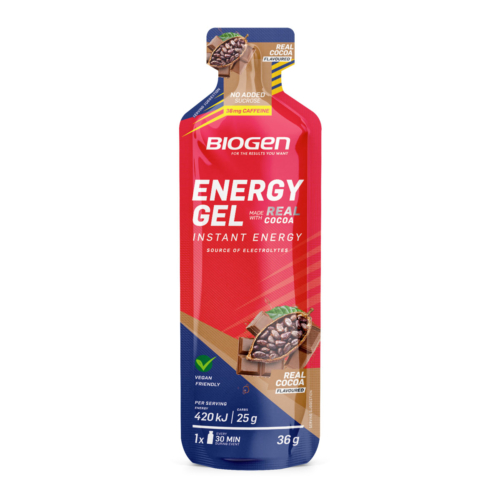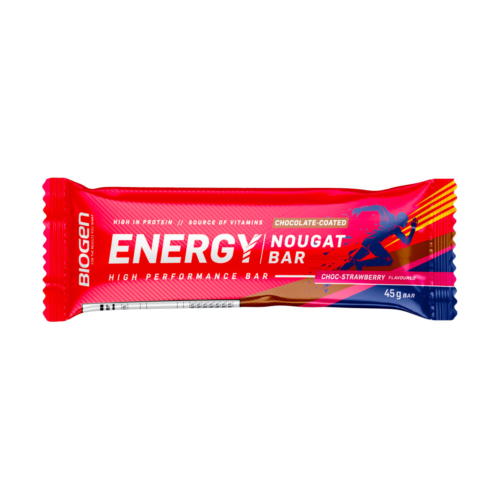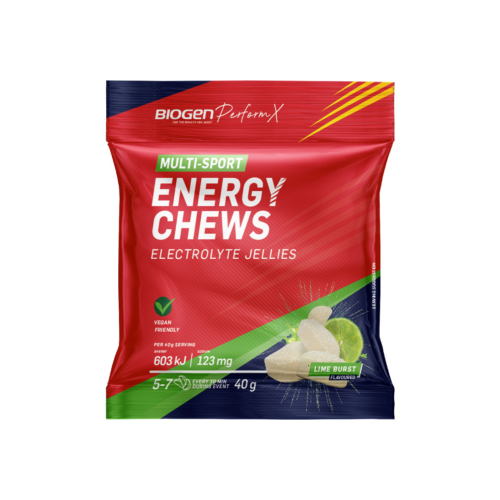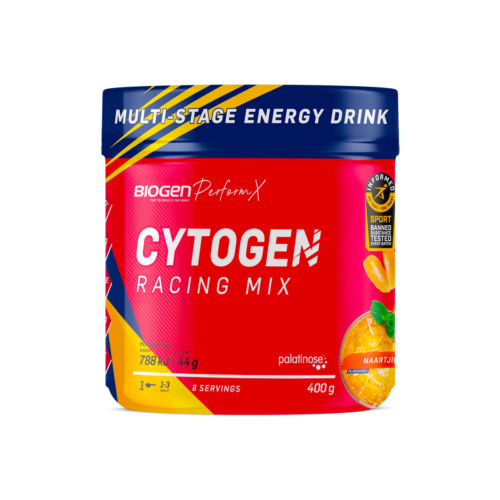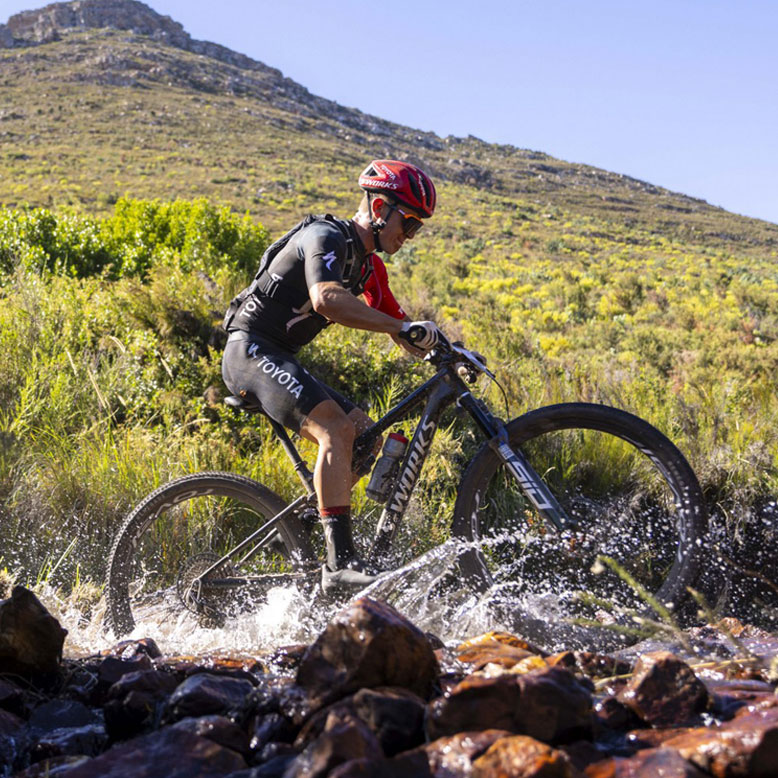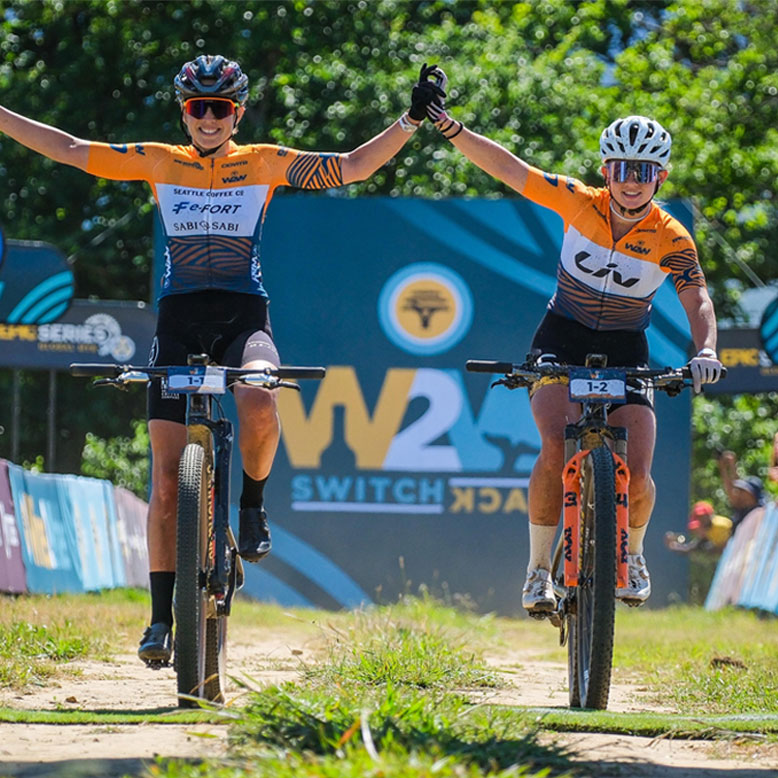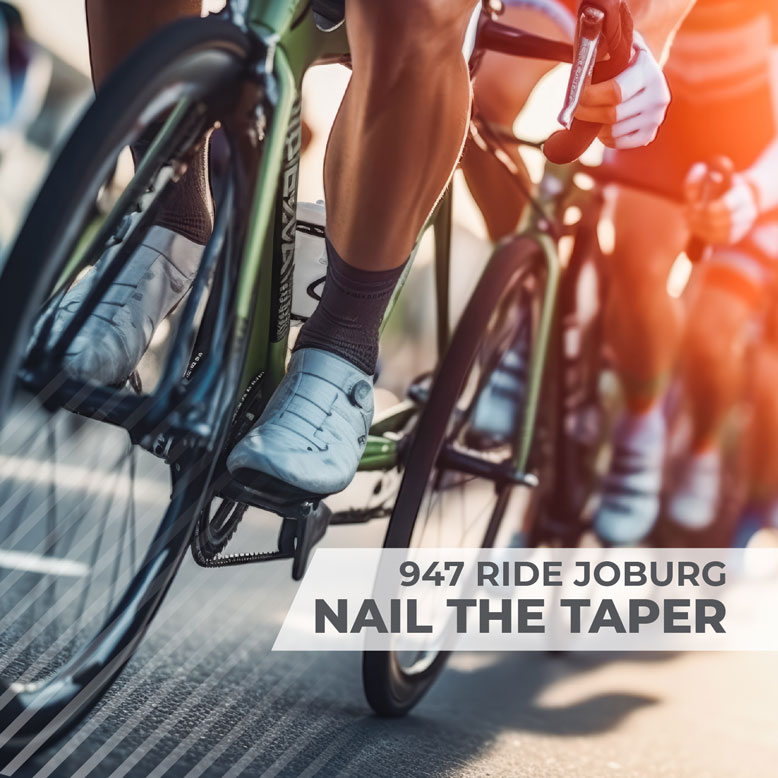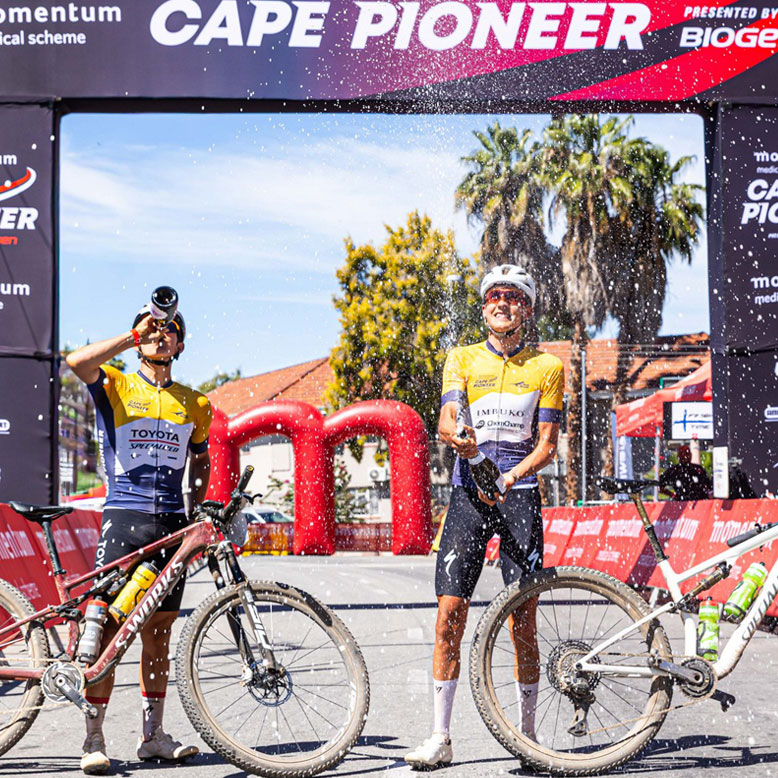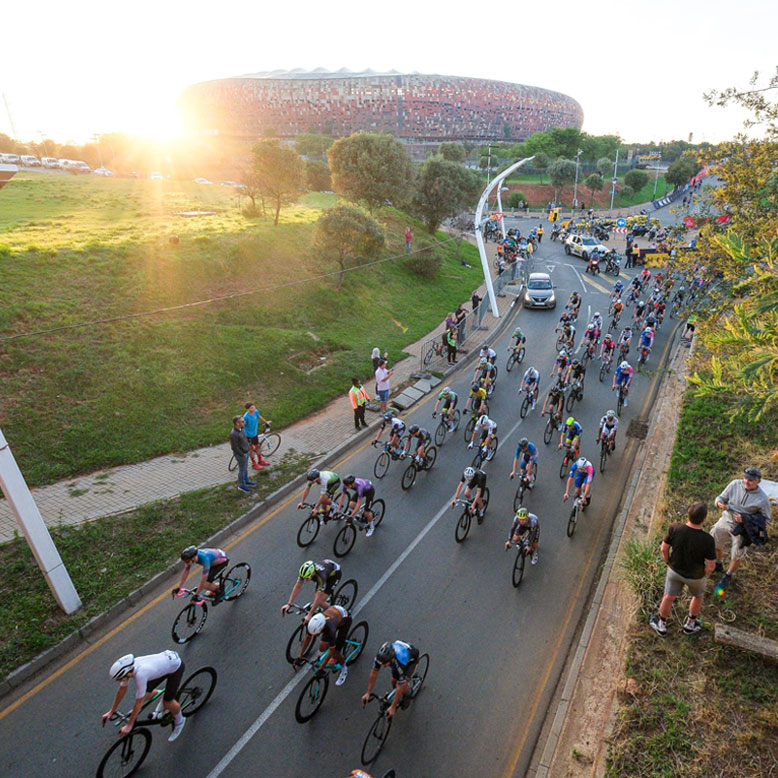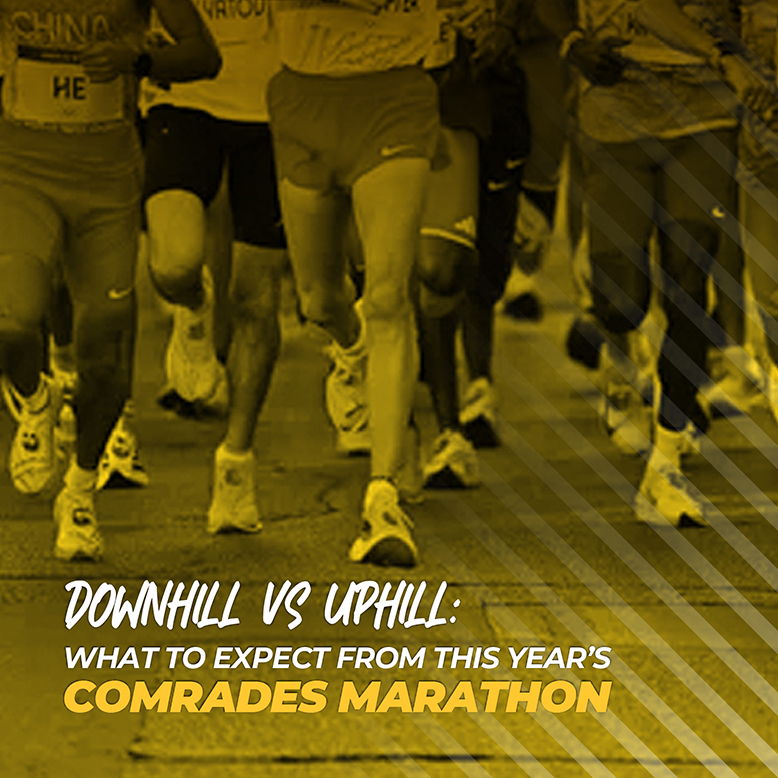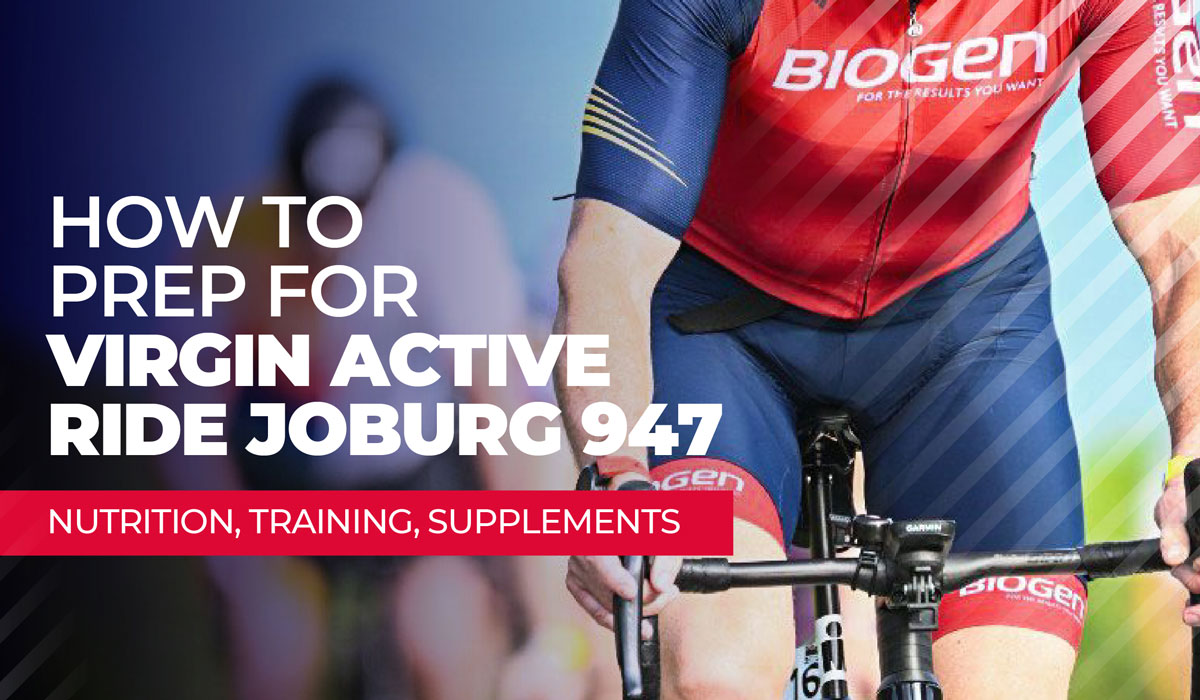
The annual Virgin Active Ride Joburg 947 is a highlight on the cycling calendar for serious and recreational cyclists alike.
The iconic race takes riders through the iconic City of Jo’burg, offering full road closure on some of the busiest roads on the continent.
If you’ve committed to tackle the challenge on 17 November, we’ve got the ultimate guide to help you reach the finish line or achieve a new course PB.
Fine-tune your bike setup
Getting the power down requires the correct bike setup. Visit your local bike shop for a proper assessment. Specialist stores will have the equipment to check your body measurements, alignment and biomechanics to configure your bike appropriately.
Getting your seat and bars positioned correctly will ensure greater comfort for recreational riders, reducing the risk of cramps and injuries, and more serious riders could benefit from better efficiency and aerodynamics.
Train for the route
With any form of endurance training, you need to periodise your program to progressively improve your fitness, strength and endurance over time by balancing your efforts with adequate rest and recovery to optimise your response and adaptations to the training.
Within this broader structure, it is also important to simulate race conditions, especially as race day approaches.
After building a solid base in the initial phase of your training plan, it is vital to add some intensity with long race-pace efforts, faster intervals and hard climbing.
The challenging Virgin Active Ride Joburg 947 route has numerous tough climbs. Love them or hate them, becoming a more proficient climber can take minutes off a course PB and make the usual slog fest a little less of a suffer fest.
Focused training to develop and improve your climbing capabilities will help you come race day. Include a combination of the bread-and-butter hill sessions in your training plan, such as repeats, intervals, steady climbs, and sustained efforts.
When it comes to climbing, your body position on the bike matters to maximise efficiency and power generation, and for comfort. While some riders like to remain seated, others like to stand. Some take a combined approach based on the gradient and their perceived effort.
The key is to find what feels right for you by trying different options on training rides.
Once you identify your preferred position, perform the majority of your structured work in that position, but don’t neglect the other option.
Condition mind and body
The Virgin Active Ride Joburg 947 takes place on the Highveld at the start of summer. It can get and often is extremely hot, especially for those who start later in the unseeded groups and take five or more hours to finish.
Working to improve your heat tolerance during your training blocks by planning a few long rides around similar times to when you expect to start and finish can offer significant conditioning benefits.
This approach will also condition the mind as you are more prepared for the conditions that await, with the heat not such a surprise come race day.
When training in the heat, it is important to drink electrolytes in addition to plain water and energy drinks. Taking a daily Biogen Electrolyte+ tab is a great way to support your hydration and replace the electrolytes lost during training.
As magnesium is essential for muscle function², supplementing with this mineral may help support muscle health, and reduce muscle cramps and spasms. Magnesium also contributes to normal energy metabolism, which may help to reduce fatigue and assist in calcium and potassium uptake to aid electrolyte balance.
As the body can more efficiently absorb and utilise magnesium glycinate compared to other forms of magnesium supplements, a product like Biogen Magnesium Glycinate is ideal for use before your run, taken alongside your breakfast.
Practice your fuelling strategy
Riders must also condition their guts to handle the types of fuel they plan to eat and drink on race day.
It is important to regularly head out on training rides with the energy drinks, bars and gels you intend to use on race day to test their palatability and digest comfort when using them. Make sure you use these products during race simulation efforts and workouts to ensure your stomach responds well when your effort levels are higher.
The Biogen range of endurance supplements provides athletes with effective products, with those enrolled in the Informed Sport certification program providing supplements that athletes can use with confidence, knowing that what they’re consuming on the road contains no banned or controlled substances.
The extensive range includes Biogen Cytogen Racing Mix, an ideal endurance solution for your bottles with its blend of moderate and faster-releasing carbohydrates. This multi-stage energy release makes it the ideal endurance performance solution to help satisfy immediate energy requirements and provide sustained energy to fuel you to the finish.
For solid feeds, you can fuel your efforts with a Biogen Energy Oats or Nougat bar along with Biogen Energy Gels or Biogen Energy Chews, which all offer a convenient source of additional calories and carbohydrates while racing.
Biogen Real Food Based Energy Gels provide a tasty, short-term energy boost solution, made using real food, with natural flavours and no added sucrose, which you can easily carry in a pocket or fuel belt.
Heavy sweating during training and racing also depletes electrolytes, which is why carrying additional salts with you can top up levels to support hydration and reduce cramping on the bike. Biogen Cramp Care gels offer a convenient source of electrolytes, fitting easily into your jersey pockets.
Support your recovery
You’ll get the best response from your training when you recover properly between training sessions. This requires adequate sleep – between 7-9 hours a night – and the right nutritional approach.
Follow a balanced, calorie-controlled diet that is based predominantly on whole foods. Make sure you find the right balance of protein and carbs to support muscle repair and replace depleted energy stores.
Incorporating a carb-protein blend supplement like Informed Sport-certified Biogen Recovergen during your heavier training weeks will help to repair muscle damage after your training rides and restore depleted glycogen stores to enhance your recovery.
Nail the taper
You can undo weeks of hard work in the final week before the race without an adequate training taper.
A short taper, or no taper at all will likely result in a poor race-day performance because your body hasn’t had time to recover and adapt to the training.
When planning your taper, consider your preceding training load, as bigger loads may require longer tapers. However, most recreational cyclists should benefit from a week-long taper.
A taper aims to decrease training volume while keeping the intensity at a moderate to high level. The intensity ensures that riders don’t lose the training-induced adaptations.
A typical pre-race taper week can follow this structure:
Day 1: Rest.
Day 2: 90-120 minutes easy at a low intensity and high cadence (>90rpm).
Day 3: Rest.
Day 4: 30-minute warm-up at a low intensity. 4 x 4-minute intervals at threshold. 10-minute active recovery between intervals. 30-minute cool-down.
Day 5: Rest.
Day 6: 60-90 minutes easy ride at a low intensity with 5 x 2-minute accelerations. Active recovery for 5 minutes between accelerations.
Day 7: Race day.


